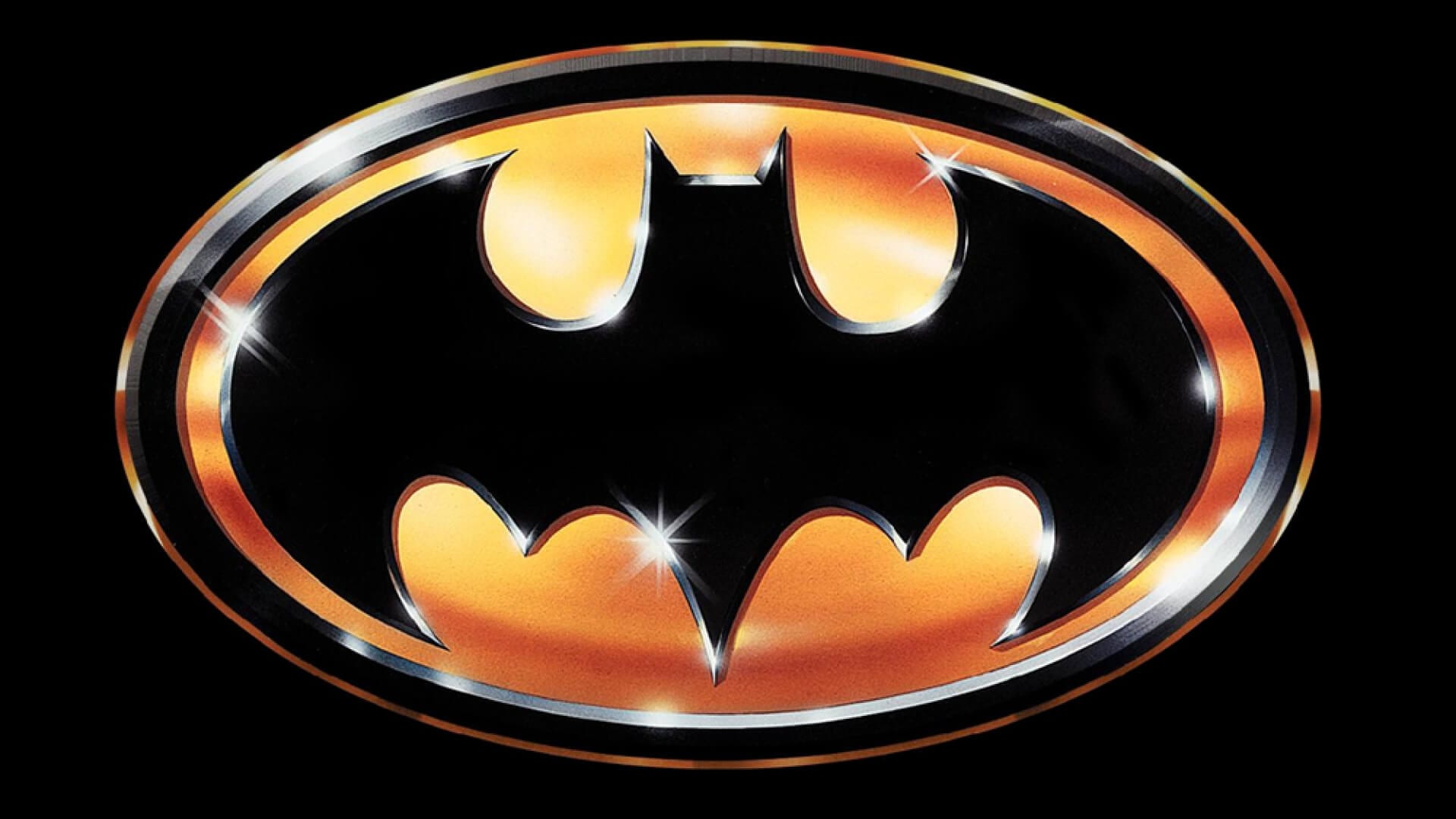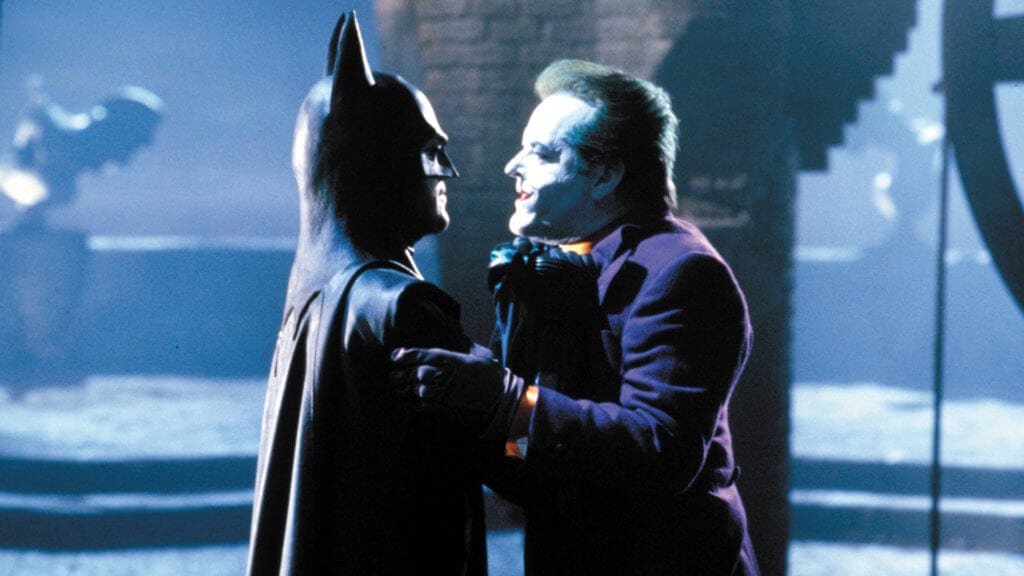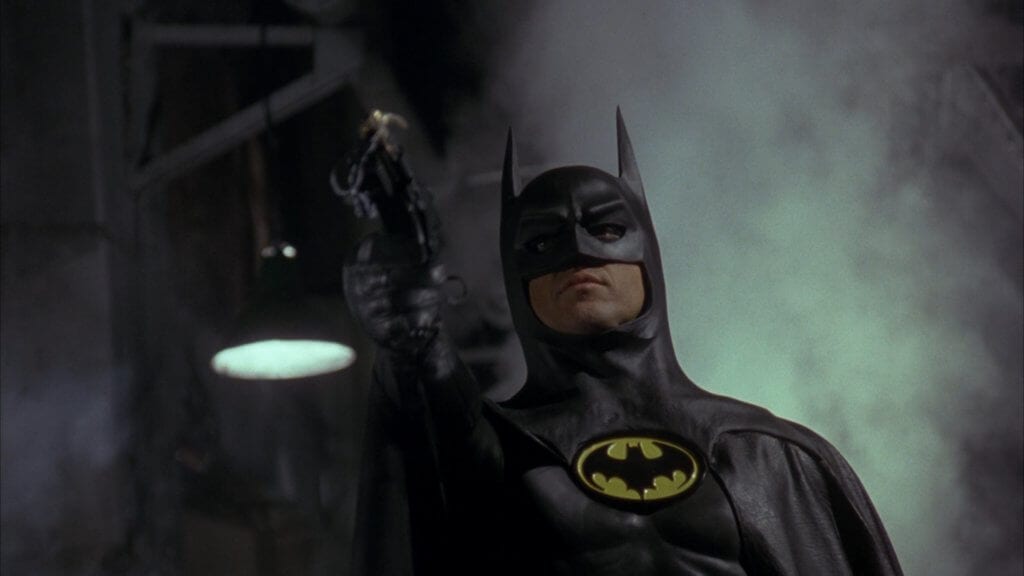Dancing with the Bat in the Pale Moonlight: Burton’s Batman 30 Years Later
Thirty years ago, DC Comics’ Dark Knight was brought to theaters in Batman, a darkly stylistic representation of one of comics’ greatest heroes. But the road to Gotham was not without its difficulties. In 1966, the live-action Batman TV series starring Adam West – affectionately referred to as the “Bright Knight” due to its light, comedic tone – hit the airwaves and ignited a pop culture phenomenon that is remembered fondly to this day. However, for over two decades, this campy version of the character was seen as a roadblock towards getting a darker iteration to the big screen. This problem was compounded by the casting of Michael Keaton in the titular role; at the time, Keaton was largely known for his roles in comedies, thus seemingly giving credence to the fans’ fears that the movie would only be a repeat of the series. Thankfully, director Tim Burton and co. had something far different in mind, which gave to a depiction of the Caped Crusader fans still talk about thirty years later.
Burton’s Batman begins on a typical night in Gotham City; upon re-watching it, I was reminded of the recently concluded Gotham from the very first frames, even by the typeset they used for the super. What starts as a simple attempt by a family to get a taxi turns into an encounter with a bunch of thugs. Thankfully, the Dark Knight arrives to save the day, and right from the moment he says the iconic words, “I’m Batman,” we believe in him, and in this urban myth that permeates Gotham City. Much like modern-day iterations Gotham and particularly the upcoming Batwoman, Batman has become a myth, something that a reporter, Alexander Knox, attempts to corroborate throughout the film. This illustrates how outlandish the idea of a guy dressing up as a bat is, yet doesn’t allow the movie to devolve into the campiness of the 60s. In addition, it gives us the inverse of the “Who’s the real identity?” argument that began with Superman: The Movie, with the answer for Batman being Bruce, the real identity. That being said, Batman never loses sight of the titular character, and we constantly get to see him save the day.
However, that doesn’t mean a certain Clown Prince of Crime will make it easy for him. Batman does a great job of giving equal time to Batman and the Joker, with the Joker receiving until – this fall’s standalone feature, Joker – the villain’s only live-action cinematic origin tale. We bear witness as Jack Nicholson’s mob lackey Jack Napier goes from arrogant underboss to sadistic clown. The former is of particular interest, given the fact that his initial turn to the purple suit and descent into the insanity that all iterations of the Joker embrace, is the result of his boss’s machinations. Despite this derangement, Nicholson’s Joker is still somewhat cognizant of his life as Napier, as he remembers the words, “Did you ever dance with the devil in the pale moonlight?” which he spoke the night he killed Bruce’s parents. When he says these words to Bruce, it sparks something in his memory, which ultimately gives our hero more incentive to take the Joker down, thus enriching both characters’ overall stories.
Threaded through these two stories is Vicki Vale, photojournalist and our billionaire playboy’s love interest. In many ways, Vicki comes off very much as a Lois Lane-style character, yet in my view, she tends to transcend this archetype. Yes, she is ultimately a damsel in distress for the majority of the runtime, but Kim Basinger (who was picked for the role at the last minute, after Dune and Blade Runner star Sean Young had to drop out) brings a confidence to the character that her progenitor did not possess, arguably in keeping with the era in which Batman was released. As a bonus, it is through Vale that we get our first glimpse at the wider DC world, thanks to multiple references to Corto Maltese, a fictional country in the Warner Bros.-owned universe. Given the focus on creating the first live-action Batman film of the modern era, it’s almost surprising that this backstory for the character made the cut.
Batman culminates in an attack on the city via a myriad of cosmetic products and laughing gas, the latter of which became a staple of the animated series several years later. While this may seem a bit campy, particularly in the context of the current crop of comic book films, it feels appropriate for the period and is a great introduction – or, rather, reintroduction – for the character at the end of the 20th century. Throughout the years, fans have often talked about the Batmania that enveloped the culture in the aftermath of this movie. In many ways, it can be argued that this was the first major superhero film to take the world by storm and that it set the table for movies such as X-Men or Sam Raimi’s Spider-Man. The way fans have talked about Batman, I always thought the film had been a cultural moment akin to when the first Star Wars was released, with everyone embracing the Dark Knight anew, and that is no doubt due to the work of screenwriters Sam Hamm and Warren Skarren, and of course, Tim Burton. There’s no denying the writers had a seemingly insurmountable task in front of them; yet thanks to their collaboration (Skarren coming in after Hamm), they managed to tap into the cultural zeitgeist in a way previous versions of this project (particularly Superman writer Tom Mankiewicz’s 1983 draft) were not. Despite proclaiming to have not read many comics, save for The Killing Joke, Tim Burton was able to distill everything that made the Dark Knight tick into a two-hour movie and defined the Caped Crusader for not only an entire generation, but also generations to come, with many fans still holding out hope that Keaton will reprise the role for a prospective Batman Beyond adaptation.
Despite a controversial director and an initially divisive casting choice, Batman has stood the test of time and defined these iconic characters in a way no iteration (yes, even The Dark Knight) will. While many other Batman projects have come and gone, Tim Burton’s Batman was the first in the modern era to prove that, with the right team both in front of and behind the camera, some portrayals were meant to live for thirty years and beyond.









